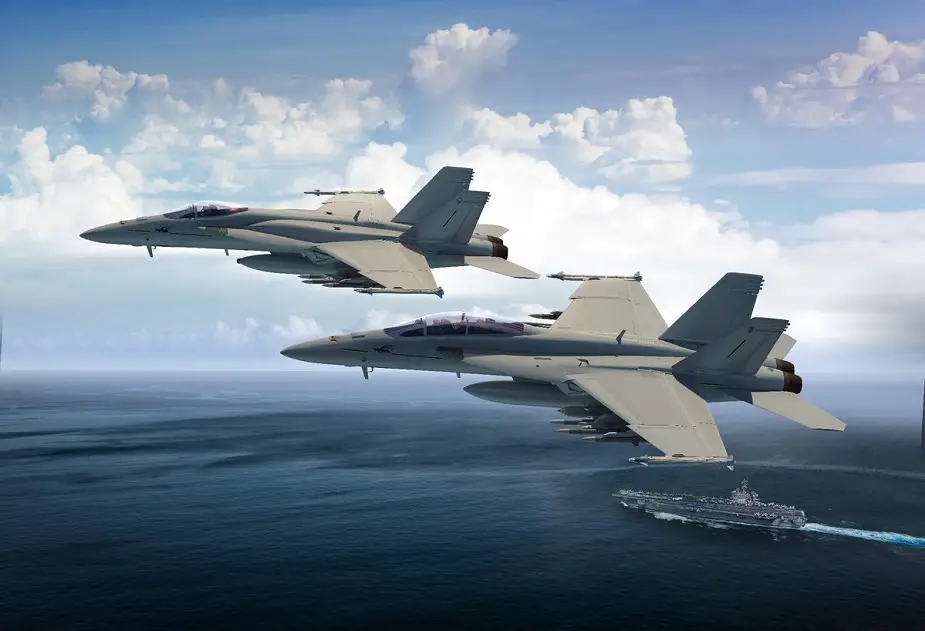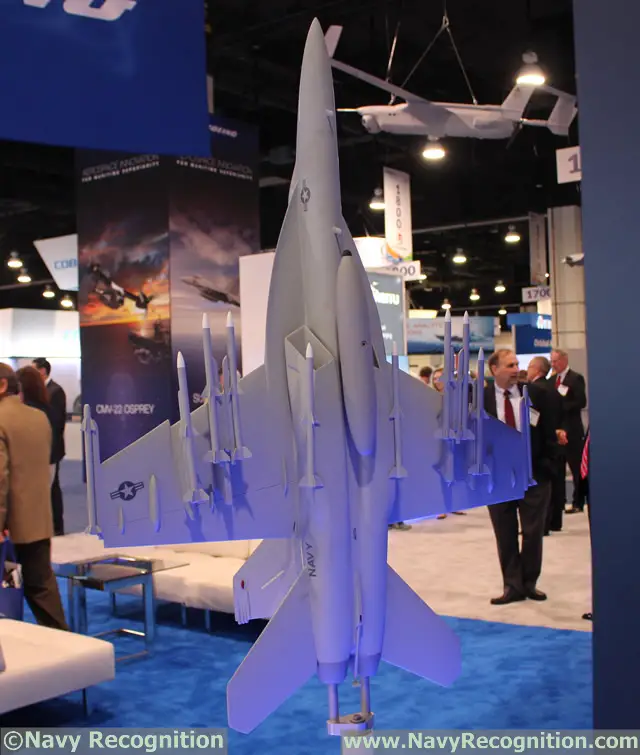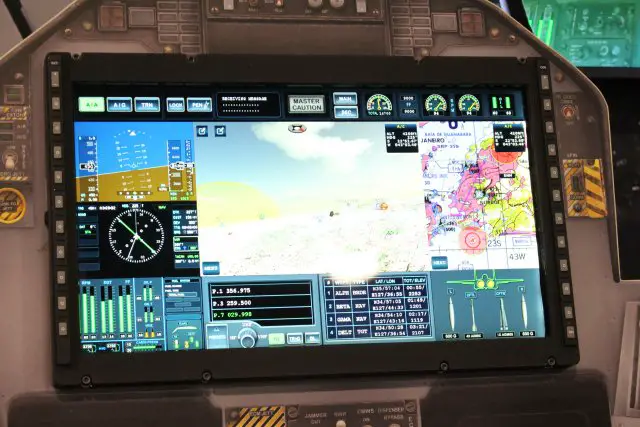Breaking news
Video: The Boeing F/A-18 Super Hornet Block III is Go.
Boeing has been awarded a contract to modernize the U.S. Navy F/A-18 fleet, extending the life of existing Super Hornets from 6,000 to 9,000+ flight hours. In the early 2020s, Boeing will begin installing initial updates to the aircraft that will convert existing Block II Super Hornets to a new Block III configuration.
 Boeing Image: Super Hornet Block III (background) and Super Hornet Block II
Boeing Image: Super Hornet Block III (background) and Super Hornet Block II
The Block III conversion will include enhanced network capability, longer range with conformal fuel tanks, an advanced cockpit system, signature improvements and an enhanced communication system. The updates are expected to keep the F/A-18 in active service for decades to come.
“The initial focus of this program will extend the life of the fleet from 6,000 to 9,000 flight hours,” said Mark Sears, SLM program director. “But SLM will expand to include Block II to Block III conversion, systems grooming and reset and O-level maintenance tasks designed to deliver a more maintainable aircraft with an extended life and more capability. Each of these jets will fly another 10 to 15 years, so making them next-generation aircraft is critical.”
The indefinite-delivery contract is for up to $73 million. Work begins in April on an initial lot of four aircraft at Boeing’s St. Louis production center. An additional production line will be established in San Antonio, Texas in 2019. Additional follow-on contracts could be awarded over the next 10 years. The U.S. Navy fleet consists of 568 Super Hornets.
At the Navy League’s Sea-Air-Space 2017 exposition held last year, Boeing unveiled the Block III variant of its F/A-18E/F Super Hornet. The Block III Super Hornet consists in a series of upgrades for the existing Block II aircraft. These upgrades (a Boeing representative at the show identified five of them) would bring more capabilities to the affordable and combat proven Super Hornet (as well as to the EA-18G Growler):
Our video coverage on the Block III Super Hornet at SAS 2017.
1 - Conformal fuel tanks:
The most visible upgrade is the conformal fuel tanks (CFTs) which would bring more range, more percistance and less drag to the aircraft. CFTs are additional fuel tanks fitted closely to the profile of an aircraft that extend either the range or "time on station" of the aircraft. CFTs have a reduced aerodynamic penalty compared to external drop tanks and they do not occupy ordnance hardpoints like drop tanks, allowing the aircraft to carry more payload. The combat range increase for the Block III is estimated to be about more or less 150 nautical miles compared to the use of legacy drop tanks.
 Scale model of the new Block III Super Hornet at Sea Air Space 2017. Note the IRST.
Scale model of the new Block III Super Hornet at Sea Air Space 2017. Note the IRST.
2 - Block II IRST
The IRST system consists of Lockheed Martin’s IRST21™ sensor, the GE Aviation FPU-13 Fuel Tank Assembly and the Meggitt Defense Industry Environmental Control unit. The system demonstrated its production readiness through a series of extensive assessments and reviews, including flight tests. Block I IRST is expected to deploy on the F/A-18 Super Hornet in 2017. In addition to detecting airborne threats, IRST significantly enhances multiple target resolution compared to radar, providing greater discrimination of threat formations at longer ranges. Data from the IRST21 sensor is fused with other on-board F/A-18 sensor data to provide maximum situational awareness to the warfighter.
 Detailed view: New satellite link/GPS antenna
Detailed view: New satellite link/GPS antenna
3 - New computers and datalink
They would allow Block III Super Hornet to exchange large quantity of data with Growlers and E-2D Advanced Hawkeyes through the TTNT (Tactical Targeting Network Technology) network and fuze real time information.
 Detailed view: RCS improvements
Detailed view: RCS improvements
4 - Radar Cross Section (RCS) improvements
Minor treatments to improve the low RCS levels of the aircraft. The mostly consist in a redesigned muzzle (in the nose of the aircraft) as well as improved angle of attack sensors (located on the sides of the nose).
 The new Advanced Cockpit System by Elbit Systems on display at Sea Air Space 2017.
The new Advanced Cockpit System by Elbit Systems on display at Sea Air Space 2017.
5 - All glass advanced cockpit system
Designed by Elbit Systems USA, the ACS includes mission processors, a low-profile head-up display, and a large 10X19 inch HD display with touch screen and picture-in-picture capabilities, optimizing tactical situation displays, processing advanced applications, and providing high-definition formats for advanced sensor video presentations.
Talking to Navy Recognition at the show, a Boeing representative explained that Block III Super Hornet would become a smart node on the network fuzing a lot of information and bringing more range and firepower.




























